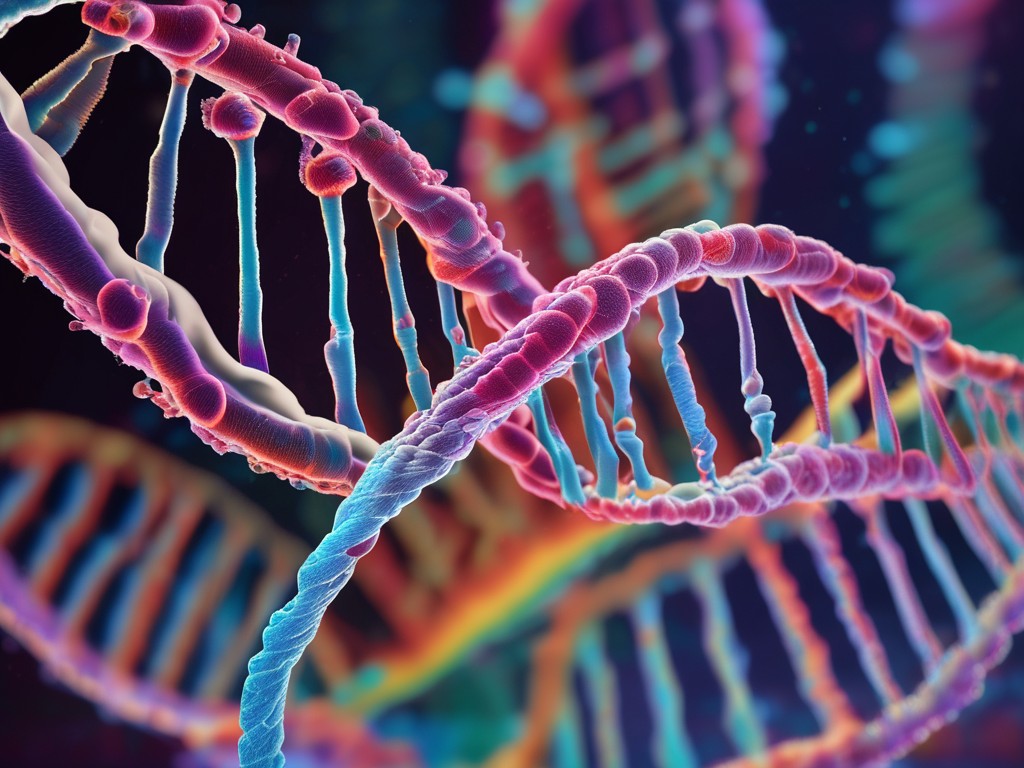We start the Portable Genome Sequencing course tomorrow! I wanted to review the latest Oxford Nanopore Technologies (ONT) recommendations for extracting DNA and RNA. The London Calling 2024 session “How to extract high-quality DNA and RNA” was the one I watched tonight. Vania Costa, a Field Applications Scientist with ONT, presented this ONT Masterclass. This session has learning objectives that include selecting methods, preserving methods, and handling nucleic acids. Costa suggested starting with the data you want to obtain/analyze and then consider the approach. The amount of nucleic acids obtained from different samples varies and should be considered. Some sample types have inhibitors or are mixed and need to be purified. Size selection may be needed to obtain longer reads, for example. However, there is a yield trade-off. Different applications may require maximum read lengths. For example, assembly of a novel genome may need ultra-long reads. Costa emphasized: “You cannot sequence what you do not have” and “what you put into the sequencer is what you will get out.” Sample preservation, Costa explained, can have an impact on read length N50/degradation. The example Costa shared was variability in N50 due to storage temperature. A second example noted that storage solutions make a difference. Costa recommended storing samples at -80C whenever possible. Once extracted, DNA can be stored for a short term at 4C. Freezing DNA was recommended. For RNA, Costa explained that RNA was degraded when kept in water. Freeze-thaw cycles should be avoided, though ten cycles did not significantly impact DNA. Vortexing should be avoided; instead, Costa recommends flicking the tubes. For RNA, samples should be kept on ice, and freeze-thaw cycles should be avoided. For DNA extraction, short and medium-length fragments can be obtained from cells, blood, and tissue using the QIAmp or Puregene kits. For longer fragments, the Puregene and QIAGEN Genomic Tip kits work well. In some cases, size selection may be needed. For samples with tough cell walls such as plant cells, Costa said that ONT recommends CTAB-based method + QIAGEN genomic tip. For bacteria, QIAGEN genomic-tip or QIAGEN MagAttract with an enzymatic step were mentioned. There are recommendations for specific samples, including plasmids (QIAGEN Plasmid Plus Midi kit) and blood. These protocols and recommendations can be found in the Nanopore Community resources. For RNA, they had specific recommendations depending on the sample type. For bacteria, the PureLink RNA mini kit was mentioned along with ribosomal RNA depletion before library prep. Costa explained that DNA fragmentation can be used to optimize sequencing output and generate optimal fragment lengths for ligation-based library prep. Costa noted that all rapid kits use transposase-based library prep that fragment the DNA. Costa presented data for the Megaruptor 3 fragmentation needle system. Fragmenting at a higher speed results in smaller fragments. The Covaris g-TUBE can be used to shear DNA to obtain more ends, increase the molarity, and increase pore occupancy. Another manipulation that Costa described is the Short Fragment Eliminator kit that can be used to deplete short fragments <25 kb. For sample quality and quantity assessments, ONT recommends quantifying with a Qubit. Nevertheless, a nano spec also generates information that helps determine the quality of a sample. For RNA, assessment with a TapeStation and RNA Integrity Numbers are recommended. Costa ended with a practical example: detecting variants across the human genome. They recommended the QIAGEN Puregene Cell kit for high sequencing output and measuring fragment length. Costa said that the Nanopore Community has numerous protocols for different samples and scenarios. This Masterclass is useful to share with students!


